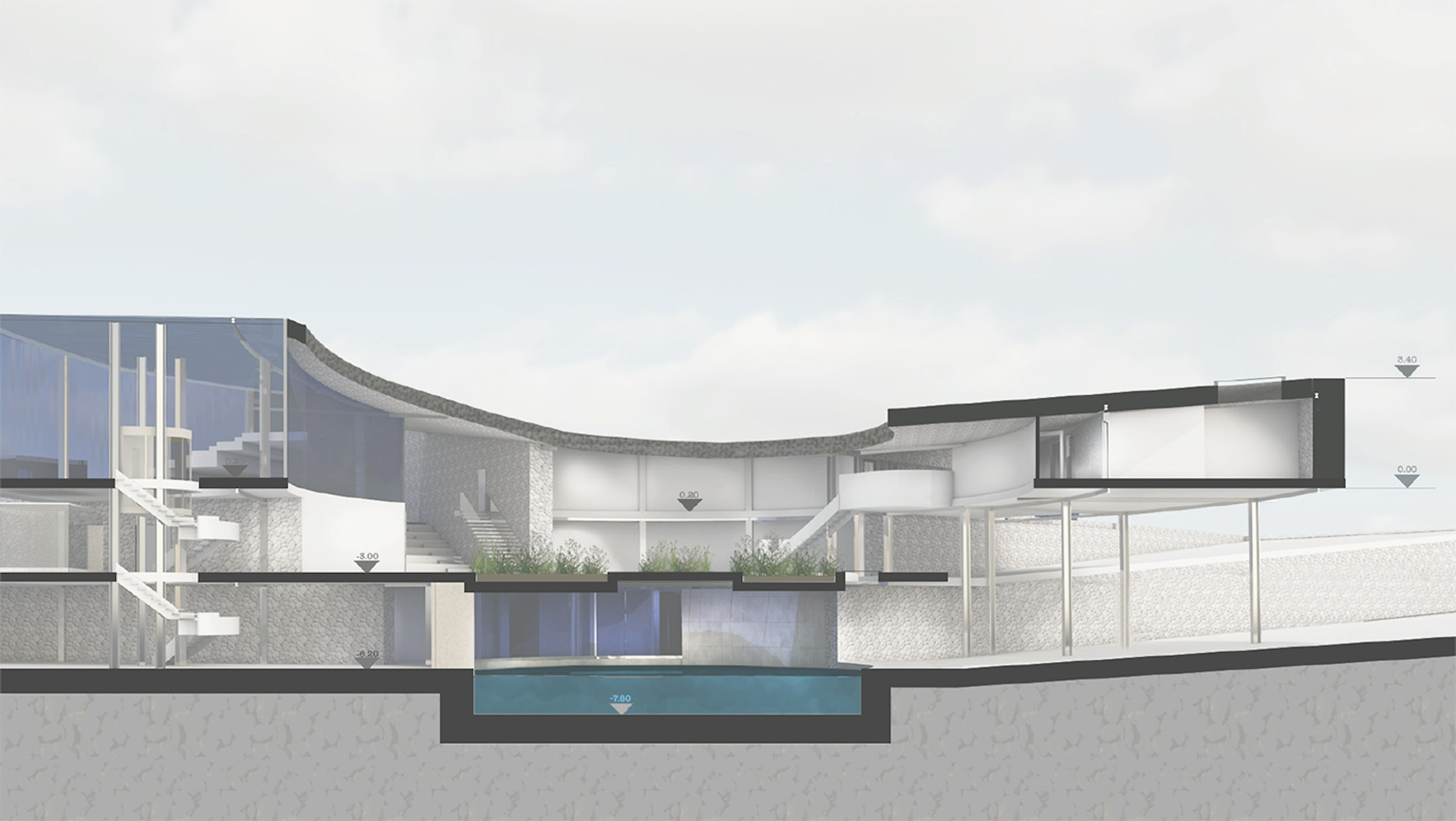Overview
We’re delighted for you to join us at AUB – we can’t wait to see what you’ll create.
You are using an outdated browser. Most of this website should still work, but after upgrading your browser it will look and perform better.
We're delighted that you've chosen to join our creative community at Arts University Bournemouth. We can't wait to see what you'll create.

This welcome pack is designed to give you an idea of what to expect during the first weeks of your course. Please take the time to read it carefully and take particular note of the pre-course preparation. We hope that you'll enjoy a happy and productive time with us, and we look forward to meeting you.
Welcome to the Master of Architecture (M.Arch.) course.
The M.Arch. course is very intensive and requires great focus and creativity. It's delivered full-time over two years with two 30-week years divided across three terms with a key summer vacation between the two.
Collaboration across the arts, making and innovation are the three keys that run through whole university and the course.
At the beginning of the week, you have amazing facilities to make use of, from the superbly resourced library to workshops with casting, to printing and welding. The main studio teaching days are in the middle of the week, climaxing with a visitor on Friday and with an M.Arch. seminar following the open lecture at noon. The visitors have ranged from architects, artists, builders to critics, from Norman Foster to the ARB, from the RIBA President to Matt Holland and Dido Milne’s award-winning Cork House, from glass artist Brian Clarke to Zaha Hadid Architects.
It's very important that you fully participate right from the beginning if you are to take advantage of the possibilities that the M.Arch. and AUB give you. The more you put in the more you'll enjoy it!
There is a great course team: Kirsten Tatum, Jen Scott and Willem de Bruijn, Studio Assistant Madalina Voicu, together with a very stimulating group of second-year M.Arch. students: you will be inspired and challenged by their, and the previous year’s phenomenal work, plus a remarkable variety of local and international visitors.
– Jen Scott and Kirsten Tatum, Master of Architecture (Part 2 ARB/RIBA)
Please bring this with you during the first week as this will be a starting point to your course.
The Library here at AUB is extremely well-resourced and includes all key texts that you'll need. The list below indicates the key texts that will be useful throughout your studies, all of these are available from the Library at AUB. You might want to borrow a copy from your local library to look at before you arrive.
A smile and your enthusiasm.
Although the course will provide some support for materials and trips, you'll also need to make your own contribution for any additional or specialist materials you require. This is an Arts University and the use of mixed medias is encouraged so bring all your art equipment for model to cloth making, casting and drawing, charcoal and etching equipment.
You're encouraged to bring your own laptop and mobile device to AUB to support online learning, collaboration and communication whilst at university.
We provide access to a range of free software and discounts on Apple and Dell hardware. We recommend that you wait until you've set up your AUB IT account to access this free software and discounted hardware if you're planning on investing in a new computer.
Even if your course doesn't specifically use Adobe Creative Cloud we'd recommend that you try to make sure your computer is able to run this software.
We recommend that you format any external hard-drives/USB sticks to work on both Apple and Windows.
The course uses both Apple and Windows computers.
The course uses Autodesk, Rhino and Grasshopper software. A computer capable of running this software is recommended.